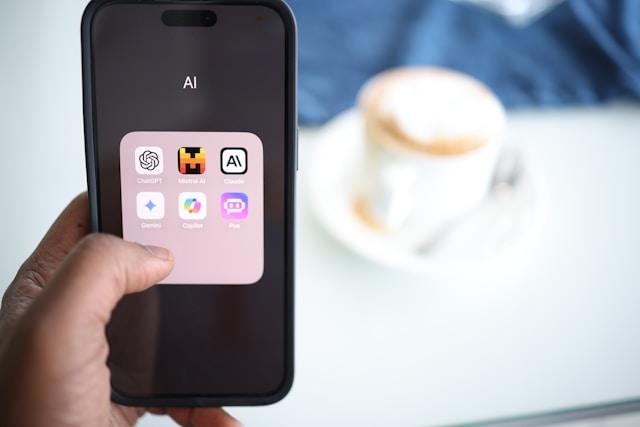
Artificial intelligence isn’t just for tech giants or cutting-edge labs anymore. It’s quietly becoming part of our daily routines—writing emails, analyzing data, managing schedules, and even helping with customer service.
The key is learning how to make AI work with you, not against you.
Whether you’re a freelancer juggling projects or a team leader optimizing processes, integrating AI into your workflow can save time, reduce errors, and free up mental space.
You don’t need to be a coder or a data scientist. You just need to know where to start.
Start Small and Personal
AI can feel overwhelming at first. But the best way to make it work for you is to start small—look at the everyday tasks that slow you down and explore tools that can automate or simplify them. Think writing tools, meeting transcriptions, or task reminders.
Even your personal life offers clues. Just like how cute phone cases let people express themselves through everyday tech, AI tools can be tailored to fit your personal style of working. Don’t worry about what’s trending. Focus on what actually solves a problem for you.
By starting with one or two use cases that matter to your day, you’re more likely to stick with it and see results.
Use AI for Repetitive Tasks
Repetition is where AI really shines. If you’re spending too much time on things like sorting emails, managing invoices, or updating spreadsheets, chances are there’s a tool out there that can do it faster—and probably better.
Take email, for example. AI tools like Gmail’s Smart Reply or scheduling assistants like x.ai can take the back-and-forth out of your inbox. If you’re processing lots of documents, OCR (optical character recognition) tools can extract key data in seconds.
The more repetitive the task, the easier it is to automate. And when those tasks are off your plate, you’ve got more time for the work that actually requires your attention.
Let AI Support (Not Replace) Creativity
One of the biggest misconceptions about AI is that it kills creativity. In truth, it can enhance it—if you use it right. AI can help you brainstorm, generate drafts, test variations, or speed up tedious parts of the creative process.
AI tools can help draft emails, captions, or blog posts when you’re stuck. Image generators like Midjourney can help bring your visual ideas to life or create quick mockups for review.
The goal isn’t to outsource your voice. It’s to amplify it and get unstuck faster—while still making the final product your own.
Keep Control Over Your Data
When you integrate AI into your workflow, it’s important to understand where your data goes and how it’s used. Not all tools are created equal, and some may store your inputs or use them to train future models.
Before you plug in sensitive information, check the tool’s privacy policy. If you’re working with client data or internal documents, choose enterprise or privacy-focused platforms that allow you to opt out of data sharing.
Security should be part of your workflow too—not an afterthought.
Make Room for Experimentation
Like any new tool, AI works best when you give yourself space to try, fail, and adjust. Don’t expect perfection from the start. Some tools may not fit your workflow—and that’s okay.
Set aside time each week or month to experiment with a new AI feature or app. Try voice-to-text for note-taking, or ask an AI to summarize a long document. Some experiments will be duds. Others might change how you work completely.
The point is to keep learning and exploring—because the tools are evolving just as fast as your needs.
It’s Not About Being Faster. It’s About Being Freer.
Efficiency is great. But the real benefit of AI isn’t just doing things quicker—it’s about clearing space to do things better.
When the small stuff is taken care of, you can focus more deeply. Think more clearly. Be more present in the parts of your work that matter most. That’s the promise of AI—not replacement, but support.
The best workflows aren’t about doing more. They’re about doing less of what drains you, and more of what moves you forward. AI just helps make that possible.






